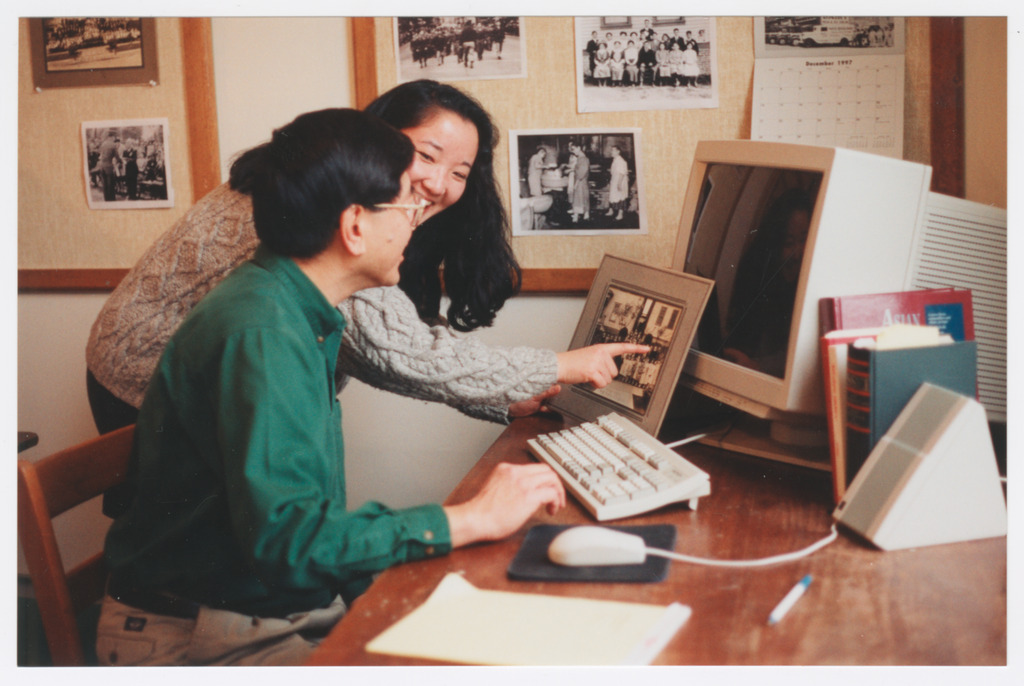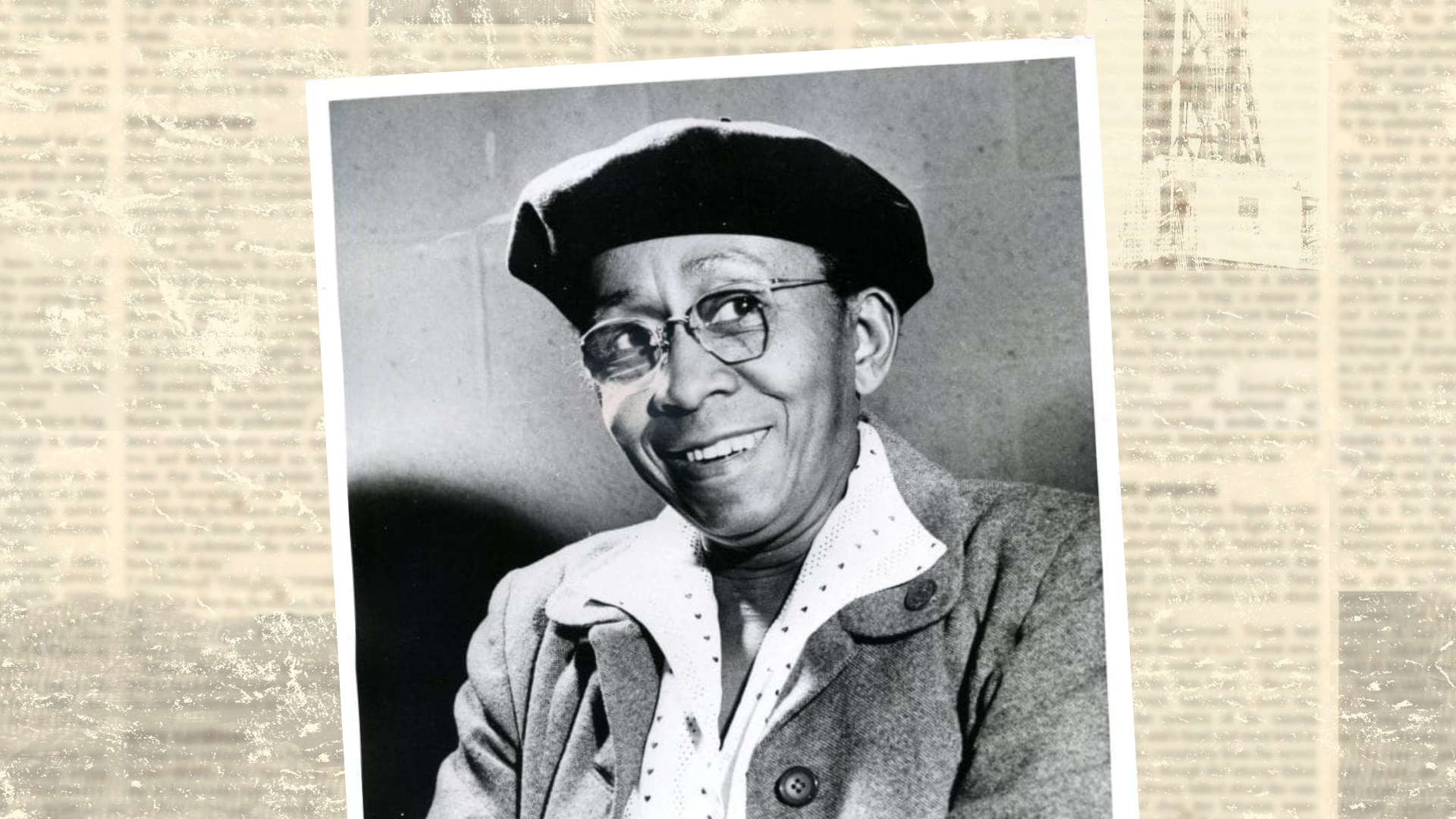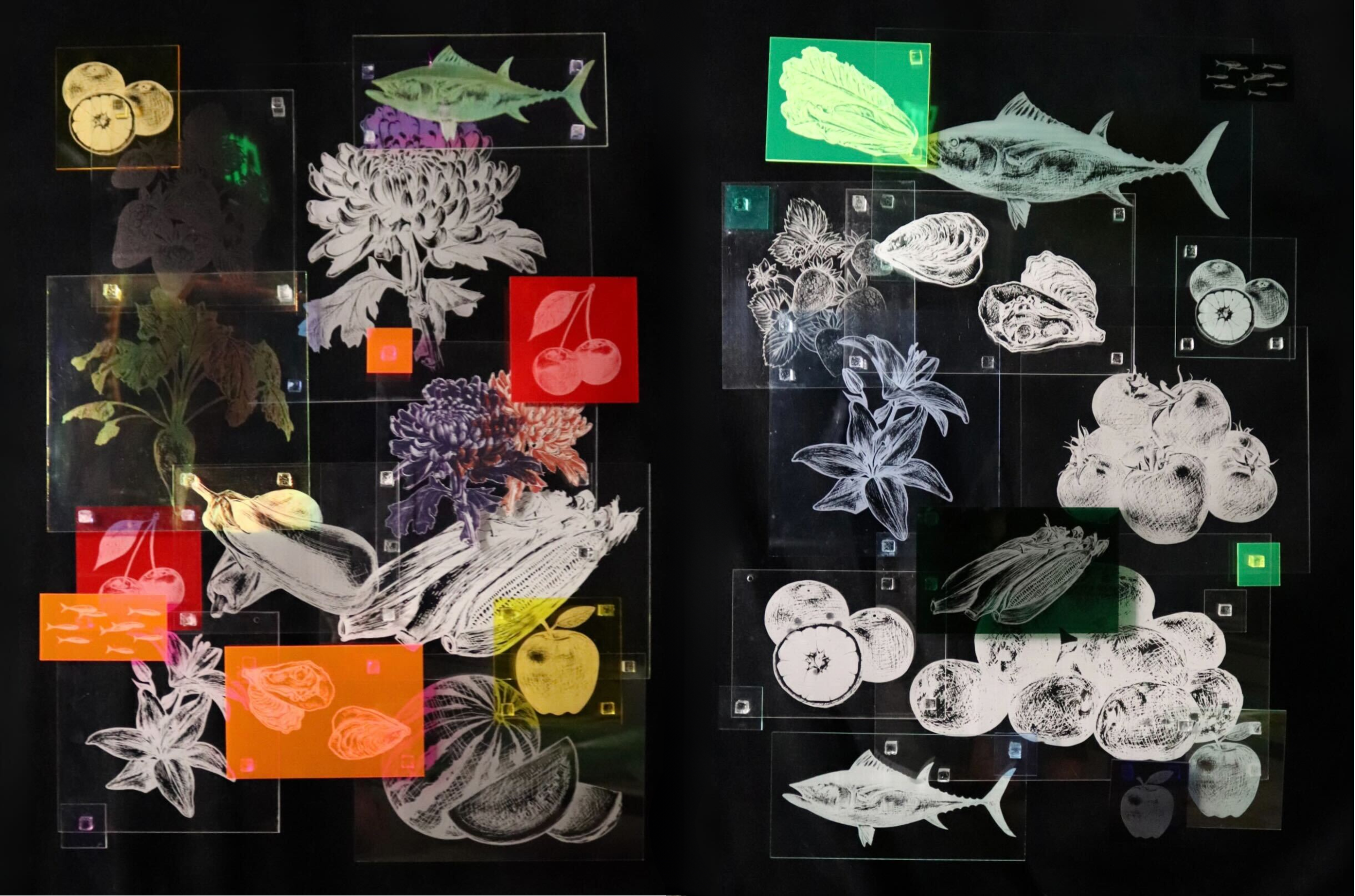All Posts
View Other Categories

Protecting Archival Materials from Fires, Floods and Other Disasters
After helping our neighbors at the Seattle Betsuin salvage archival materials damaged in a fire, Densho Archivist Micah Merryman took steps to level up Densho’s disaster preparedness and protect the…

A Healing Journey to Tule Lake — and the Hidden Family History Uncovered Along the Way
Densho staff were honored to attend last month’s Tule Lake Pilgrimage, joining nearly 400 fellow pilgrims in returning to this important WWII incarceration site to remember its history and reflect…

Remembering the Lessons of Hiroshima and Nagasaki
Earlier this month, we gathered at Seattle’s Green Lake for a solemn and deeply meaningful commemoration of the events of August 6 and 9, 1945, when the cities of Hiroshima…

Ask a Historian: Could Japanese Americans Drive Themselves to Camp?
Oliver Wang, curator of the Japanese American National Museum’s summer 2025 exhibit, Cruising J-Town: Behind the Wheel of the Nikkei Community, which looks at how car and truck culture have…

The World of Mary Mon Toy, the Broadway Actress Who Hid Her Japanese Identity Behind a Chinese Name
Actress and performer Mary Mon Toy is best known for her breakout role as Minnie Ho in the original Broadway production of The World of Suzie Wong — which led…

The Literature of Japanese American Incarceration: Unlocking the Voices of Issei and Kibei Nisei Writers
In this guest post, Frank Abe introduces a selection from the new anthology, The Literature of Japanese American Incarceration, which he co-edited with Floyd Cheung. The book was published this…

Photo Essay: Amache Through the Lens of George Ochikubo
Amache was the smallest of the ten concentration camps the US Government constructed to detain Japanese Americans during WWII. Yet with a peak population of more than 7,000, the prison…

Intern Spotlight: Kathryn Perry Bolin on How Archives Can Be a Platform for Social Justice Work
Kathryn Perry Bolin is a graduate student at the University of Washington pursuing a Master’s in Information and Library Science (MLIS), and recently completed an internship with Densho’s archives team….

Naomi Ostwald Kawamura: Building Community and Connection that Transcends Borders
In early March, I had the opportunity to be part of the 2024 Japanese American Leadership Delegation (JALD), a program jointly supported by the US-Japan Council and Japan’s Ministry of…

The Densho Legacy Archive Offers a Glimpse into Hard Work and Passion That Built Densho
Densho Project Archivist Will Allen has been helping to create Densho’s Legacy Archive, an archive of Densho’s organizational records since its founding in 1996. Will shares some highlights from this…

“Little Benedict Arnolds in Skirts”: The Shitara Sisters’ Scandalous WWII Treason Trial
In late 1943, three Japanese American sisters helped two German prisoners of war escape from a southern Colorado POW camp. The men were soon caught and sensationalized stories of “Japanazi…

Take Action to Stop the Fence at Tule Lake!
Tule Lake is under threat AGAIN. Despite more than a decade of strong opposition from camp survivors and descendants, the Federal Aviation Administration and Modoc County are renewing their attempts…

Seattle’s Japantown Was Once Part of a Bustling Red Light District — Until Its “Troublesome” Residents Were Pushed Out
In Seattle from the Margins: Exclusion, Erasure, and the Making of a Pacific Coast City historian Megan Asaka examines the erased histories of the communities who built Seattle. In this…

The Women Who Led the Fight to Overturn the WWII Supreme Court Japanese American Incarceration Cases
Lorraine Bannai was part of the legal team that in 1983 successfully overturned Fred Korematsu’s conviction for his wartime civil disobedience. Along with similar wins for fellow resisters Gordon Hirabayashi…

Tying a Family Together: My Grandmother’s Wedding Obi
Growing up I was always fascinated by the blue trunk in our sunroom. When opened, it reeked of mothballs but contained all the treasures my grandmother saved over the course…

Photo Essay: A Day of Remembrance and Resistance
Last weekend marked the 82nd anniversary of the signing of Executive Order 9066, which authorized the forced removal and incarceration of more than 125,000 Japanese Americans during World War II….

This 150 Year Old Bonsai Holds the Incredible History of One Japanese American Family
The Pacific Bonsai Museum in Federal Way, Washington connects people to nature through the living art of bonsai. The Densho communications team recently had the chance to visit the museum…

Meet Erna P. Harris: Writer, Dissident, and Ally
Through stories of remarkable people in Japanese American history, The Unknown Great illuminates the diversity of the Nikkei experience from the turn of the twentieth century to the present day….

Reflections from Densho Artist-in-Residence Matthew Okazaki
In his recent work as one of Densho’s 2022/23 artists-in-residence, Matthew Okazaki used archival photos, sculptural pieces, and excerpts from his grandfather’s post-war diary to capture the resilient spirit reflected…

Meet the Nisei Notables Who Would Have Turned 100 in 2024
As we celebrate the arrival of 2024, it’s time for our annual roundup of prominent Nisei who would have turned one hundred years old in the year to come. We…

Memorializing a Shared History Between Native and Japanese American Communities at Fort Lincoln
In September, I had the privilege of attending the ground blessing ceremony for the Snow Country Prison Japanese American Internment Memorial on the campus of United Tribes Technical College (UTTC)…

Kanon Shambora on the Making of Print Garden
Artist-in-residence Kanon Shambora used her time at Densho to explore the roots of Japanese American identity. Their culminating Print Garden pays homage to early Issei and Nisei, as well as…

Justifying the Unjustifiable: Why Japanese Americans Must Stand with Palestine
Guest opinion essay by Maggie Tokuda-Hall. Densho publishes guest opinion essays that draw meaningful connections between the incarceration story and the present, and that promote equity and justice today. Learn…

Ask a Historian: When Did America Start Building Its WWII Concentration Camps?
Densho Content Director Brian Niiya answers a question about the origin of the concentration camps where Japanese Americans were imprisoned during World War II.
